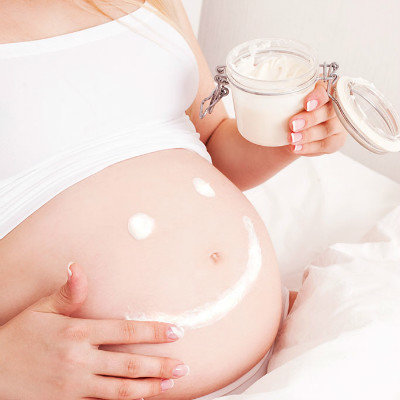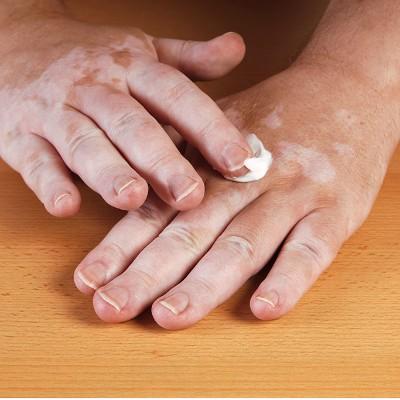Does oviduct examination hurt
summary
Many women are infertile because of tubal obstruction. Tubal blockage causes the egg and sperm can not meet, of course, will not be able to fertilize, the formation of embryos. In fact, usually careful observation, tubal obstruction will have obvious signs. Today, let me share with you the pain of fallopian tube examination.
Does oviduct examination hurt
First: salpingography is one of the common examinations for patients with tubal obstruction. Contrast agent is injected into uterine cavity and fallopian tube through catheter. Then use X-ray diagnostic apparatus for X-ray fluoroscopy and radiography, according to the contrast medium in the pelvic cavity and fallopian tube development, in order to understand whether the fallopian tube is smooth, so as to carefully observe the blockage site and blockage.
Second: the best time for examination is 3-7 days after menstruation, commonly used preparations are 40% iodide, organic iodine preparation or iohexol; before contrast examination, iodine allergy test should be done first, and 2.5% iodine tincture should be applied on the flexure surface of forearm (about 2-3cm in diameter), and then scratch it, and observe whether there is swelling reaction after 20 minutes. Conjunctival instillation and intravenous injection of contrast agent are also common test methods. Skin urticaria, sneezing, chest tightness, laryngeal edema, etc. are all positive manifestations, suggesting iodine allergy; before angiography, patients should empty their bowels and urine, and take laxatives if necessary, so as to keep the uterus in the correct position.
Third: the patient lies on the X-ray machine operating platform, after routine disinfection, the injection is slowly injected under fluoroscopy. The first injection volume was 3 ~ 5ml, and the condition of entering uterus and oviduct was observed, and an X-ray was taken. Continue to push in the contrast medium, continue to take the film after 5-10 minutes, and then take the film at the same site after 24 hours. If there is no contrast medium in the pelvic cavity, it indicates that the bilateral fallopian tubes are blocked; if there is a small amount of contrast medium in the pelvic cavity, it indicates that the fallopian tubes are unobstructed.
matters needing attention
If women suffer from adnexitis and other diseases, we must actively treat them until they recover completely, in order to prevent the disease from turning into chronic inflammation.











